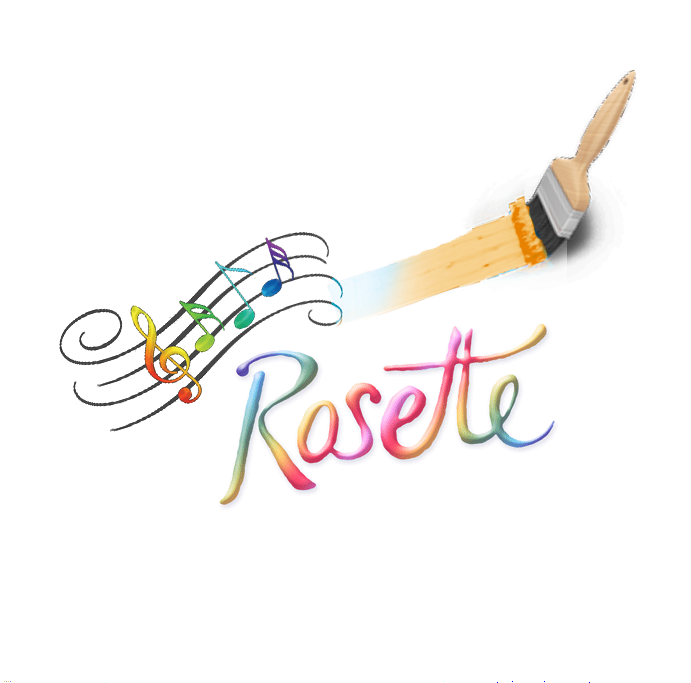Wet paper pulp (virgin or reclaim) functions as a natural polymeric complex structure inside moist paperclays...
Rosette Gault, Ph.D. wonders WHY WAIT to save fuel at scale.
Combinations of natural source materials that lower pollution and trap poison before during and after manufacture impact quality of life for generations of families to come.
Despite so many "new" products to clear water and air, why do pollution and excessive carbon production persist? The long term consequences of standard practice deliver far more poisons, microfiber, and PM2 than intended. There is room for improvement in eco-efficient industrial scale settings. But is there a feasible path? I say yes.
Fuel savings will pay for itself quickly!
We have in my lab the first digital documentation of natural sourced hollow plant nanotubes I long predicted exist but impossible to measure or see for decades. These are not CNT or Si NT or any synthetic polymer. Varieties are many! Anyone keen to see more detail? These natural formed tubes are highly complex compared to the synthetics which still add up to being costly on the environment- before and after service.
Contact me to discuss a feasibility assessment!
Which products might be suitable for scale up manufacture ?
True "paperclays" don't cause problems in landfill the way mixed fiber clays can. Nor do the simple methods require as many (or any) adhesive or resin "poisons" in the feed line. Manufacture involves water based slurries in part, so dusts are the minimum.
Nano-porous membranes made from nature's plant polymers sourced from wood or paper grades of pulp or reclaim pulp will prove to be most cost effective way to target and manage specific pfas/pfos etc, toxins, microbes, PM, fungi, alga both chemically and mechanically.
Unlike even a decade ago, we have a chance to re-imagine use of ceramic manufacture methods and materials. The transition away from certain plastics can also happen in a cost positive way to keep your customers happy every step of the way.
Customizing one appropriate and feasible product to market contributes to reduction of carbon/PM2/PFAS excess at scale. Be ready for even more profit and lead the way in your industry.
🟢 Strong evidence from kiln fire results over five decades suggests that products made of paperclay ceramic material offer practical opportunities for manufacturers at scale to lower fuel/energy cost, emissions and effluents in water and air between about 20-50%, and other advantages.
🟢 This class of materials are especially useful for industries developing/producing lightweight, durable products like ceramic membranes, water, air and other filtration, propellers, mixing blades, building materials/cements, refractories, coatings, adhesives, and more. Some agriculture, aerospace, automotive and medical parts are well suited.
🟢 Furthermore, making of products in paperclay would lessen the contribution of “plastics" and PFAS to industrial waste, landfill and or incineration. At end-of life, long-term global consequences of product disposal at scale are a significant fraction of current products.
🔆 coordinate time sensitive key research systemic initiatives
🔆 to mitigate measurable harm and unintended consequences/impact of scale manufacturing emissions of greenhouse gases/effluents in water waste streams/oceans.
🔆 to minimize fuel/energy use costs of manufacture and reduce dependence on rare earth mineral ingredients, rebalance the climate ecologies, and more.
🔆 to minimize the refinement/development TIME/COST offers plentiful market opportunities for new product offerings. Diverse industries, consumers/customers are asking, ready, waiting and willing to acquire useful, affordable, practical, functional approach that meets the need.
🔆 to coordinate highly specialized teams of cross discipline research can bring new products to markets far more effectively and quickly than ever possible or feasible in past.
Here are a few of many resources to get started with besides my books. 1 Challenge of nano porous water filtration: List of Ten Priority Design Requests from manufacturers Beautility" and the Clean Water Challenge, 2 REPORT Porous Paperclay Water Filtration Field Study, 3. List of Eco-Friendly Practices for STudio art Makers) and and 4 unforgettable vision on UTTUBE (2012): Inside Paperclay.
Rosette Gault inventor, pioneer developer and world expert, was awarded PhD for Innovation in Paperclay Ceramic Arts by the University of Sunderland, UK National Center for Glass and Ceramics. She is the author of four books, some of which have been translated into German and Chinese, as well as numerous articles and publications. Learn more.
A sampling of paperclay success stories from kiln firings worldwide. Eco-minded artists discovered advantage with methods like fast fire/fast dry, wet dry assembly, and extreme resistance to thermal shock. A quiet revolution has been underway for more than 3 decades now and continues.

